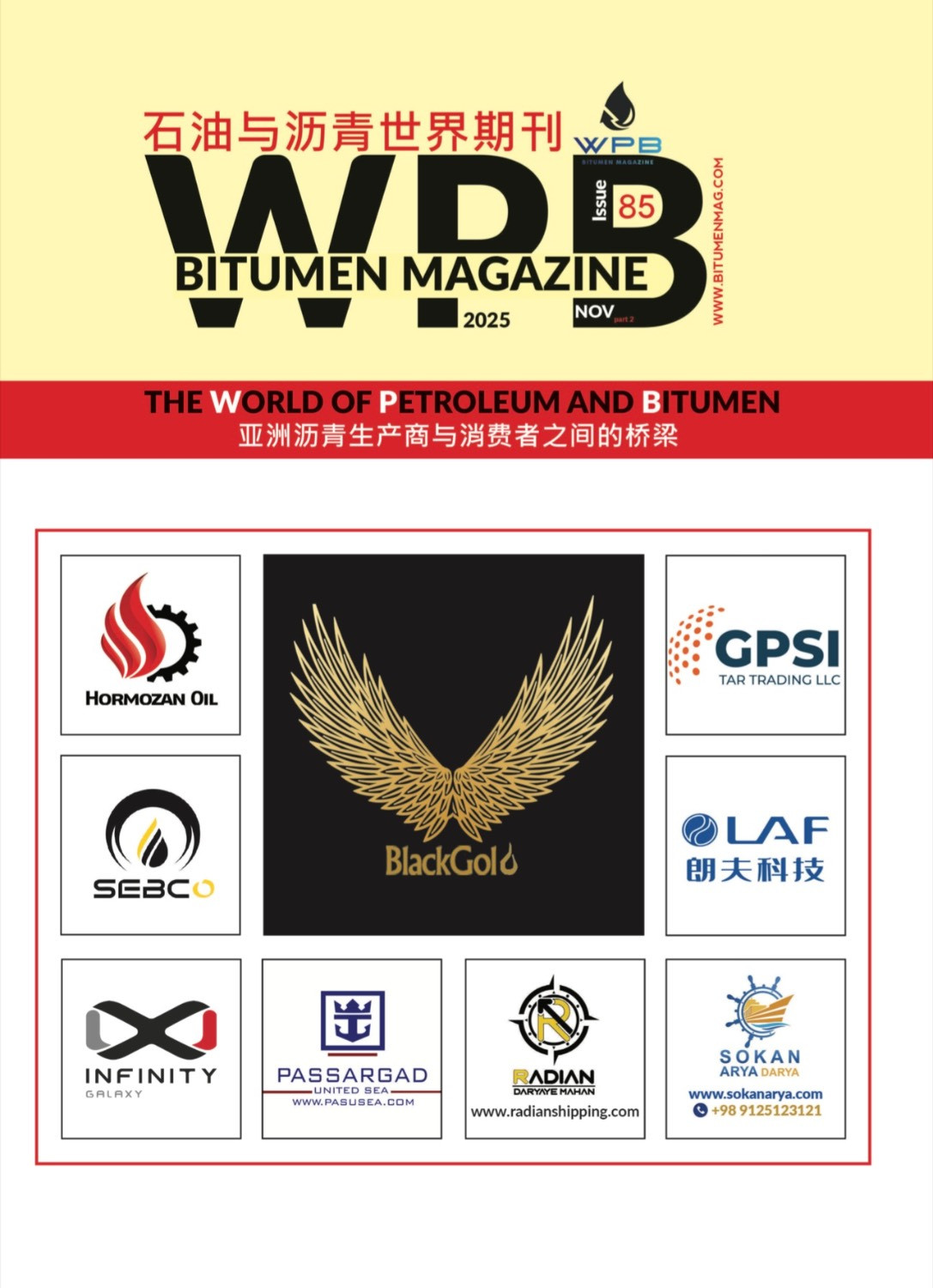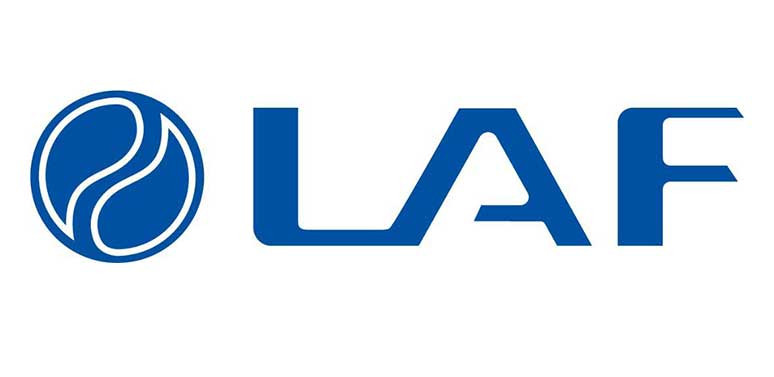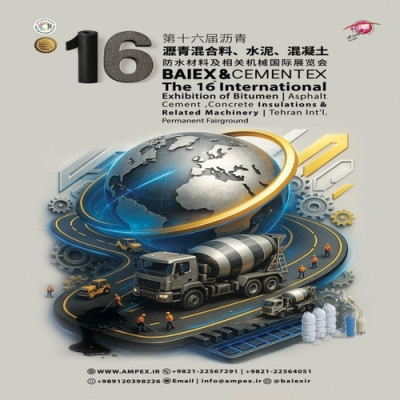According to WPB, a major leap in sustainable maritime innovation has been achieved by Shanghai through the world’s first successful ship-to-ship carbon dioxide (CO₂) transfer conducted in open seas. This milestone not only pushes the boundaries of maritime decarbonization but also redefines onboard emissions from a waste liability into a tradable asset. The operation was executed between two vessels—EVER TOP, a container ship flying the Panamanian flag, and the CO₂ recipient ship Dejin—off the coast at the Shengdong Terminal of the Yangshan Deepwater Port. This initiative establishes a new global standard in green shipping and offers a promising direction for the industry’s carbon management strategies.
Redefining Emission Management at Sea
This pioneering transfer is the result of ongoing advancements in the marine sector’s approach to carbon capture. Following an earlier milestone in which the same vessel completed the first ship-to-shore CO₂ discharge using a similar system, the present operation capitalizes on an upgraded method of mid-sea offloading. At the core of the project is the Onboard Carbon Capture and Storage (OCCS) system—an innovation engineered by the Shanghai Marine Diesel Engine Research Institute. With the ability to capture over 80% of CO₂ emissions at nearly 100% purity, this high-efficiency technology represents a cost-effective and impactful solution.
Compared to alternative fuel transitions like methanol or ammonia conversion, which demand significantly higher capital investment, the OCCS retrofitting process is relatively economical at an estimated $10 million. As emphasized by Du Mingsai, the project manager, transferring CO₂ between vessels while still at sea circumvents the high costs and logistical limitations of land transport. A single CO₂ carrier, via this method, can replace hundreds of traditional tanker trucks in capacity and operational efficiency.
CO₂ as an Economic Resource
In addition to environmental advantages, this model introduces economic incentives. The captured CO₂ can be sold for industrial applications, potentially generating up to $8 million annually per ship. However, logistical bottlenecks have historically limited such opportunities, particularly when large vessels are unable to access smaller ports near industrial buyers. Ship-to-ship transfer at anchorages or along safe marine corridors allows for the redistribution of CO₂ to smaller ships that can reach specialized offloading terminals, solving a crucial infrastructure gap.
This operational flexibility has effectively enabled Shanghai to establish a full-cycle carbon management network, strengthening its role as a frontrunner in the global effort to reduce maritime emissions. As the maritime sector anticipates stricter compliance standards under evolving International Maritime Organization (IMO) regulations, such innovations offer financially viable alternatives to expensive fuel overhauls—while also extending vessel operational life.
Broader Implications for the Maritime Sector
With the global shipping industry responsible for approximately 3% of worldwide CO₂ output—around one billion tons annually—the pressure to decarbonize continues to intensify. Integrating carbon capture technologies like OCCS not only mitigates environmental impact but also offers tangible financial returns, positioning it as a strategic choice for vessel owners and operators.
Currently, professionals behind the initiative are contributing to a newly formed IMO working group, which aims to create universal protocols for carbon capture in maritime operations. The demonstrated success of this model suggests that such technologies could soon become integral components of standard ship design and retrofitting.
Paving the Way Toward a Greener Horizon
The success of Shanghai’s CO₂ transfer project signals a new era in maritime innovation, one where environmental responsibility aligns with commercial viability. By showcasing the practicality of onboard carbon capture and flexible offshore delivery, this initiative is not just a technological feat but also a blueprint for future progress.
The broader maritime community is now observing this development closely, with many stakeholders considering similar models for replication. As momentum builds around sustainable practices, this breakthrough raises critical questions about scalability, global adoption, and the timeline for industry-wide transformation. If adopted on a wide scale, this strategy could redefine carbon management across international waters—ushering in a new chapter for eco-conscious maritime operations.
By Bitumenmag
Shipping, Sea, Maritime




















